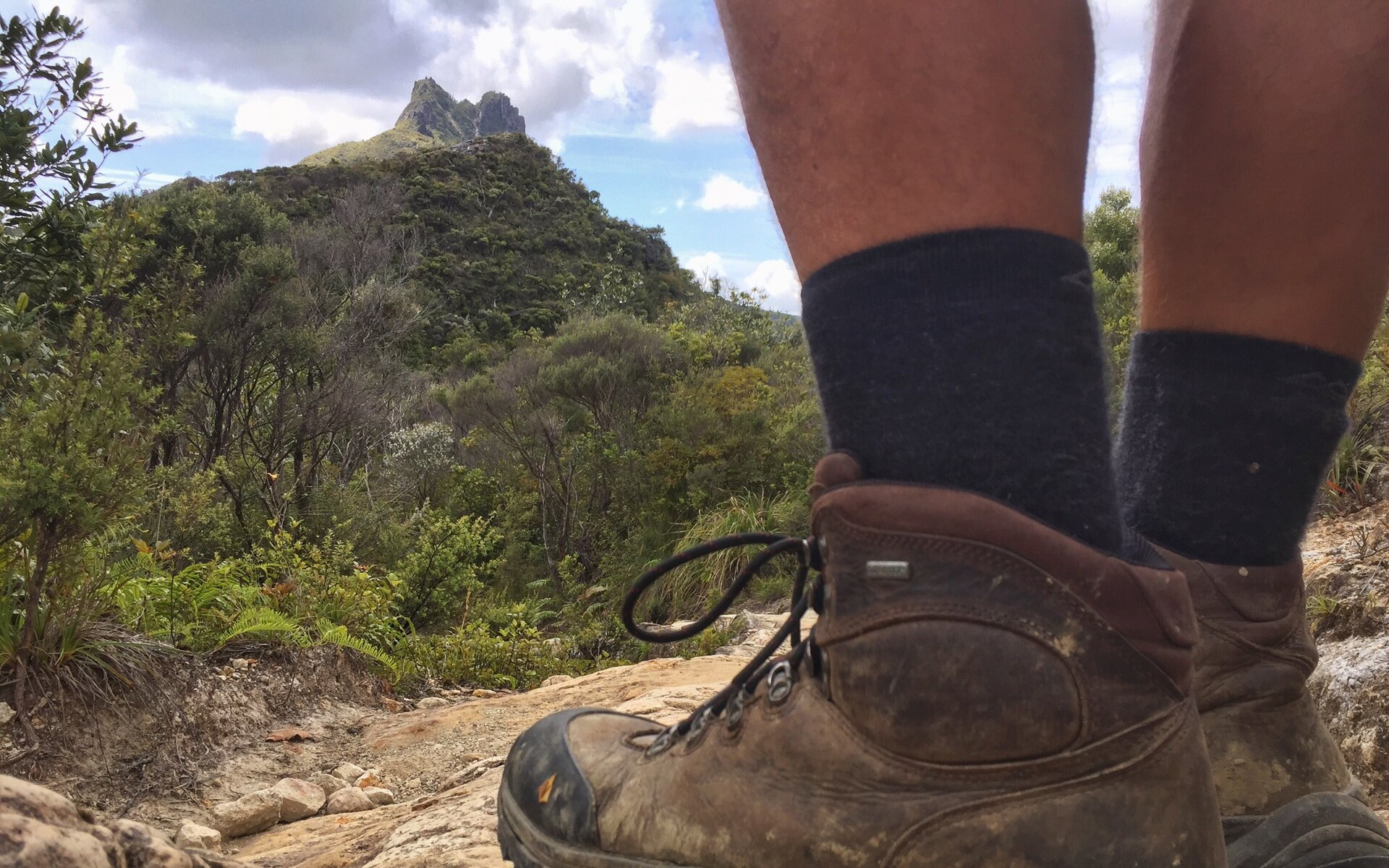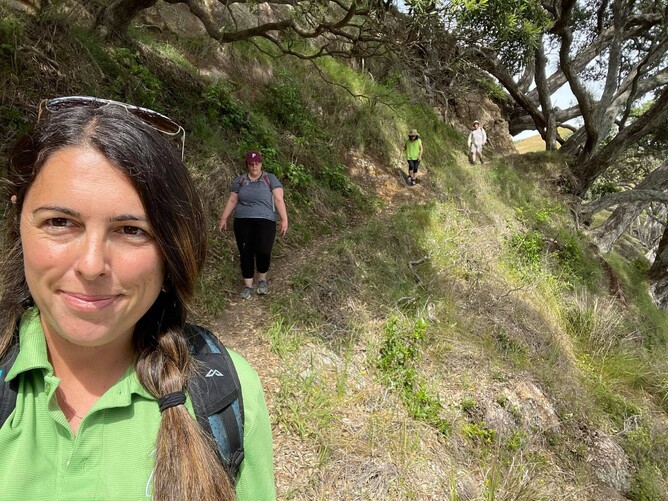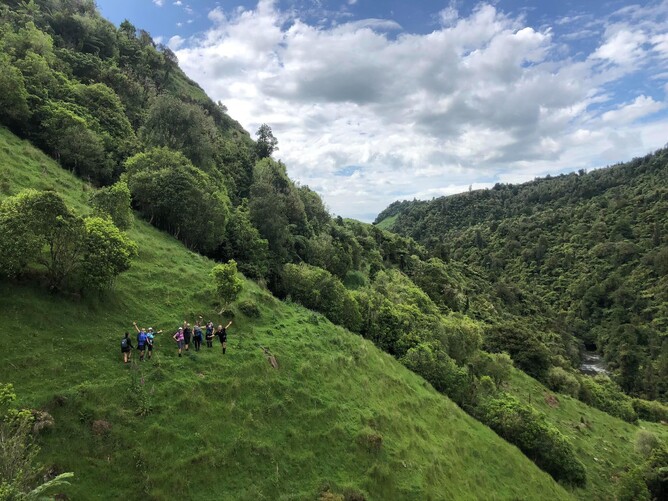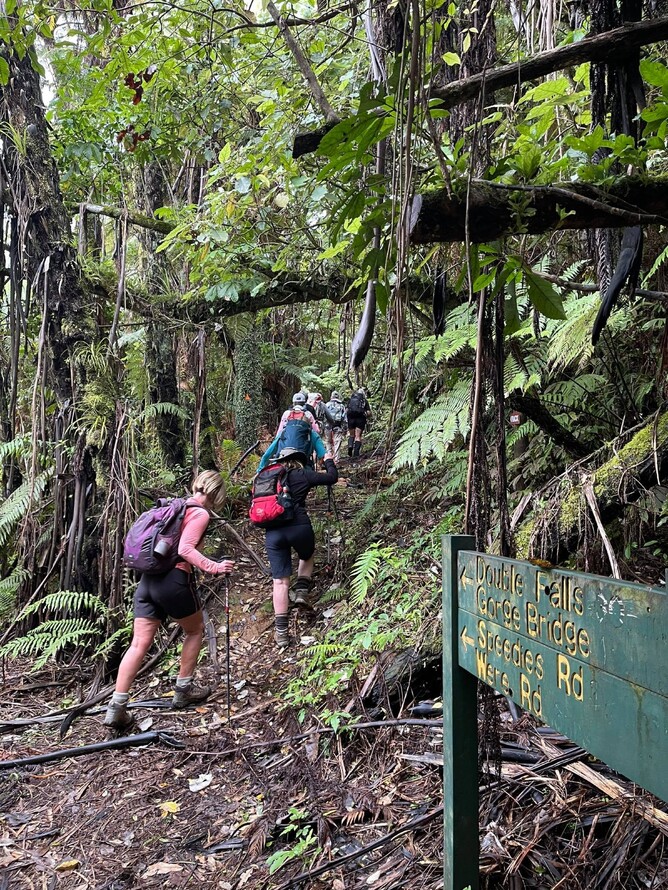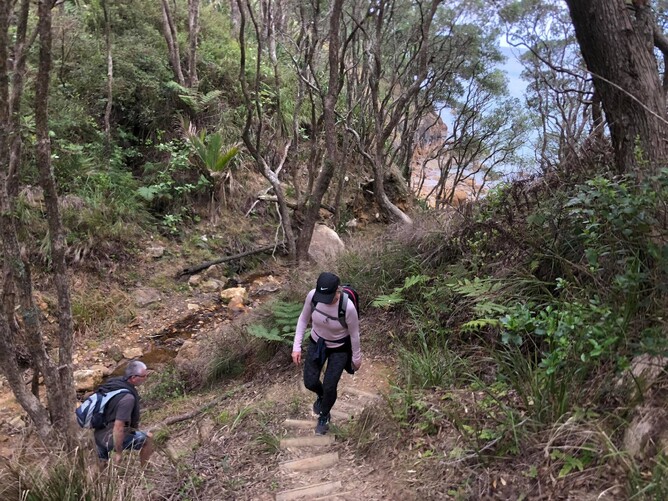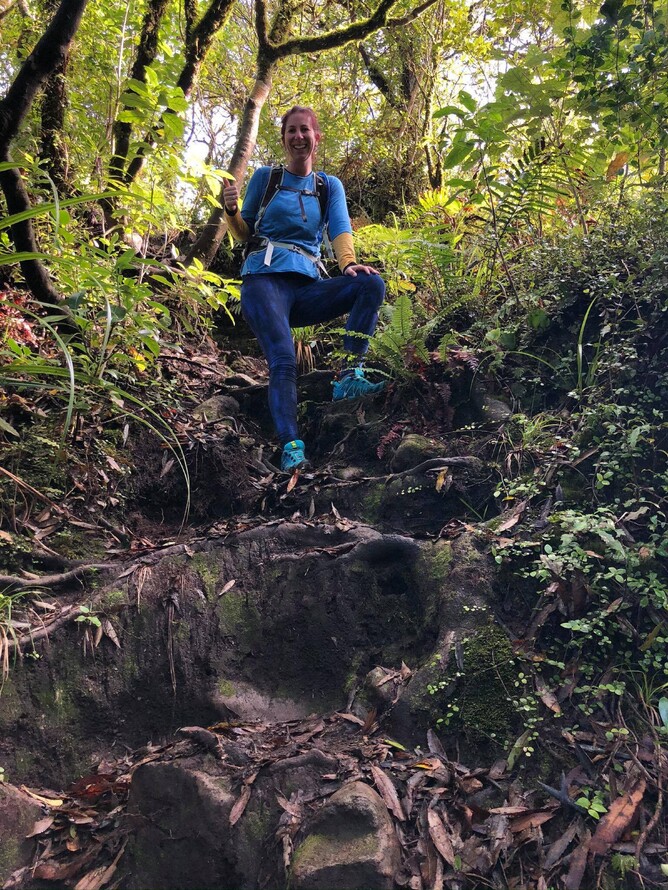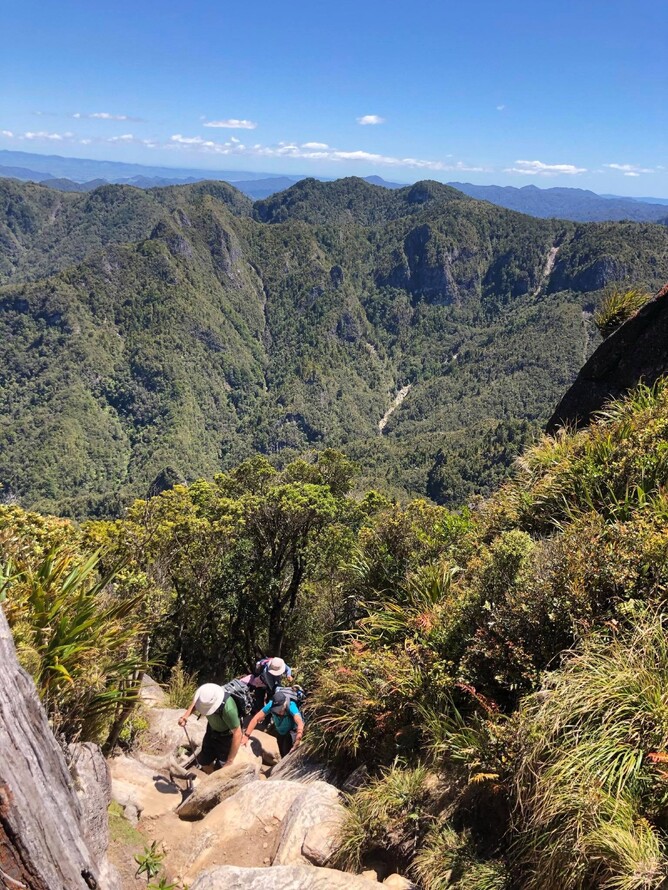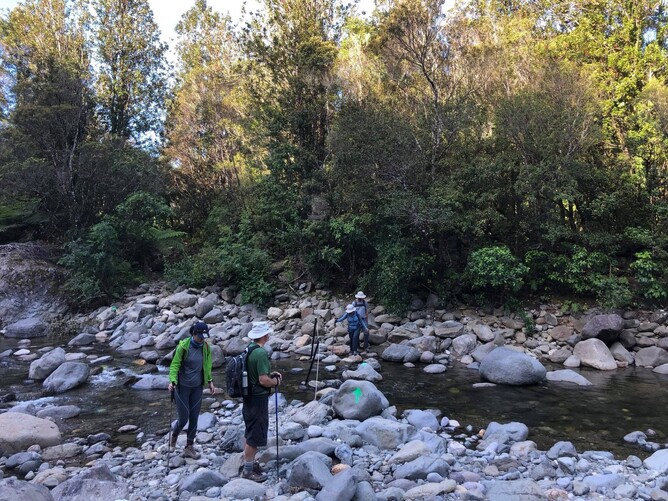Which hiking tour is best for me?
We have many people, of different ages, walks of life and backgrounds come hiking with us. One of the most common questions we get is "how hard is this tour/walk?".
We'll refrain from giving you the sarcastic kiwi "how long is a piece of string?!" answer, and try instead to be more helpful!
Although it’s difficult to answer as everyone has different levels of experience, fitness and expectations, we can give you enough information to help you make your decision and then prepare yourself well.
First things first
All of our hiking tours are made up of any number of different hiking tracks, spanning across two regions - but what we call day walks.
On our multi-day tours, we combine 3-7 of these tracks on an itinerary of up to one week long. So one day you might walk to the top of the tallest waterfall in New Zealand and the next day along a river to a blue spring.
We operate in the Waikato region - known for it's rolling landscapes, waterfalls, limestone country and lush native bush covered mountains, and the Coromandel, the crown jewel of pristine coastlines, and craggy ranges in the North Island.
In general, the Coromandel tracks are more well-maintained, which means easier underfoot, and the Waikato tracks are a little more advanced and raw.
The hiking recipe
There are many factors - internal and external, that we can look at that will determine how difficult or easy a hike will be.
It's not simply how far and how high do I have to climb. For a more accurate picture of what to expect, let us delve a little deeper into the hiking recipe.
External factors
Distance
How many kilometers (km) - or miles is the walk. Whilst you might see a hike is only 5km, you can't always necessarily assume it will be easy! It might be a very challenging 5km climb. On the flip side, if you see a hike that is 15km long, you can safely assume that even if it is perfectly flat (which is not likely), you are going to feel it!
PLUS Elevation
Arguably more important than distance, is looking at the elevation profile (or altitude gain) of the hike. A hike that has a total of 150m elevation gain, will be relatively gentle (but not totally flat!). A hike that has a total of 500m or more elevation gain, is going to require A LOT of extra energy. Bear in mind also, that if it is not a loop track, you are going to have to reverse back down all that elevation, which can be equally as taxing on tired muscles and knees. Here's a handy guide on how you can interpret an elevation profile.
PLUS Track surface
This is one of the most underrated factors in determining the difficulty of a hike. In New Zealand, we have such a wide variety of terrain and track surface in such a small geographical area. While some of our tracks are well maintained, wide, gravelled tracks, others are more 'advanced', almost back country like tramping tracks. What does that mean? It means you are going to encounter a combination of dirt, mud, slippery leaf litter, rocks and tree roots to clamber over, clay, grass, sand, small creek crossings and sometimes untrimmed flora along the tracks which all add to the degree of difficulty. It's worth reading about your track surface as walking on a metalled track takes much less energy than navigating some of the obstacles and surfaces above!
PLUS Weather conditions on day (and the days leading up to)
It should go without saying that the weather on the day of a hike will factor into the experience and overall difficulty rating. In heavy rain, most tracks will become slippery. On very hot summer days - in New Zealand, temperatures of 26 degrees celcius plus on a track section with little shade can turn a moderate difficulty walk into a much harder one as your body and mind fight the heat. If there has been very heavy rain in the days leading up to the hike, even if it is not raining on the day, you will find the ground has been saturated making it very slippery underfoot. Strong winds on coastal tracks can make a walk much harder.
Internal / personal factors
Your fitness
We can give you all the information to make the best decision for you, but the cold, hard truth is that the more you put the work in beforehand, the more you'll enjoy the hike! You don't have to have any hiking experience to enjoy our tours, but if you're new to hiking, it will make for a MUCH more enjoyable time if you work on getting your fitness up at least a month before your tour. Here are our top tips for getting trail fit!
PLUS Muscle fatigue
What we mean by this is, how much hiking or hard exercise have you done in the immediate lead up to this hike? With fresh legs, you'll feel the best, it's a no brainer. If you're day six of a six day hiking trip or you had a heavy weights session the day before, it might be noted that you will be on what we affectionately dub "struggle street".
PLUS your footwear
It is SO important that you have the right footwear for the hike and the conditions. Wearing trail runners or sneakers in our shoulder season (October, November, April, May) is an absolute no no. In fact, sneakers in any month are not recommended. Overseas you might get away with light walking shoes, but it's not a wise move in New Zealand. Good, sturdy hiking boots with reliable tread will be your best investment. On top of that, make sure that they are well-worn in before your big hiking tour. Don't head off and buy a new pair the week before! That's asking for trouble in the form of painful blisters!
PLUS your load
How much weight you carry on your hike makes a SIGNIFICANT difference! Anyone who has ever carried an overweight (16kg+) pack on an overnight hike can attest to this. Keeping your load light, such as a light daypack with your water bottles, lunch, a jacket, camera is ideal. Aim for about 4-6kg to make your journey that more enjoyable!
DON'T FORGET! Food, water, breaks...
How you fuel your body before each hike is as important, if not MORE important, than what you eat during the hike.
One mistake we see a lot of people make is not bringing enough water on a hike. As a general rule, you should carry around 1 litre of water for every two hours hiking. Although on a cooler day that might be slightly less, and a warmer day, more.
Breaks / pace. We always walk at a gentle group pace on our hikes, allowing for plenty of rest and water breaks. Often if you are walking with someone else, you end up getting sucked in to walking at their pace, which might be too fast or uncomfortable for you. Taking your time and finding your rhythm is really important. Starting with a pace that is too fast may end up making the hike that much more difficult.
To sum it up...
You can determine the difficulty of a hike by looking at:
Distance + Elevation + track surface + weather conditions
You can make it easier or harder for yourself based on:
Fitness + Muscle fatigue + Footwear + Load + Food, water and breaks
We hope this helps you to make the best decision for you and then prepare yourself to have the most enjoyable experience you can!
This article is included in Twinkl's 'Get up and Walk' campaign, and is part of their article Some great ideas for Get up and walk February.
